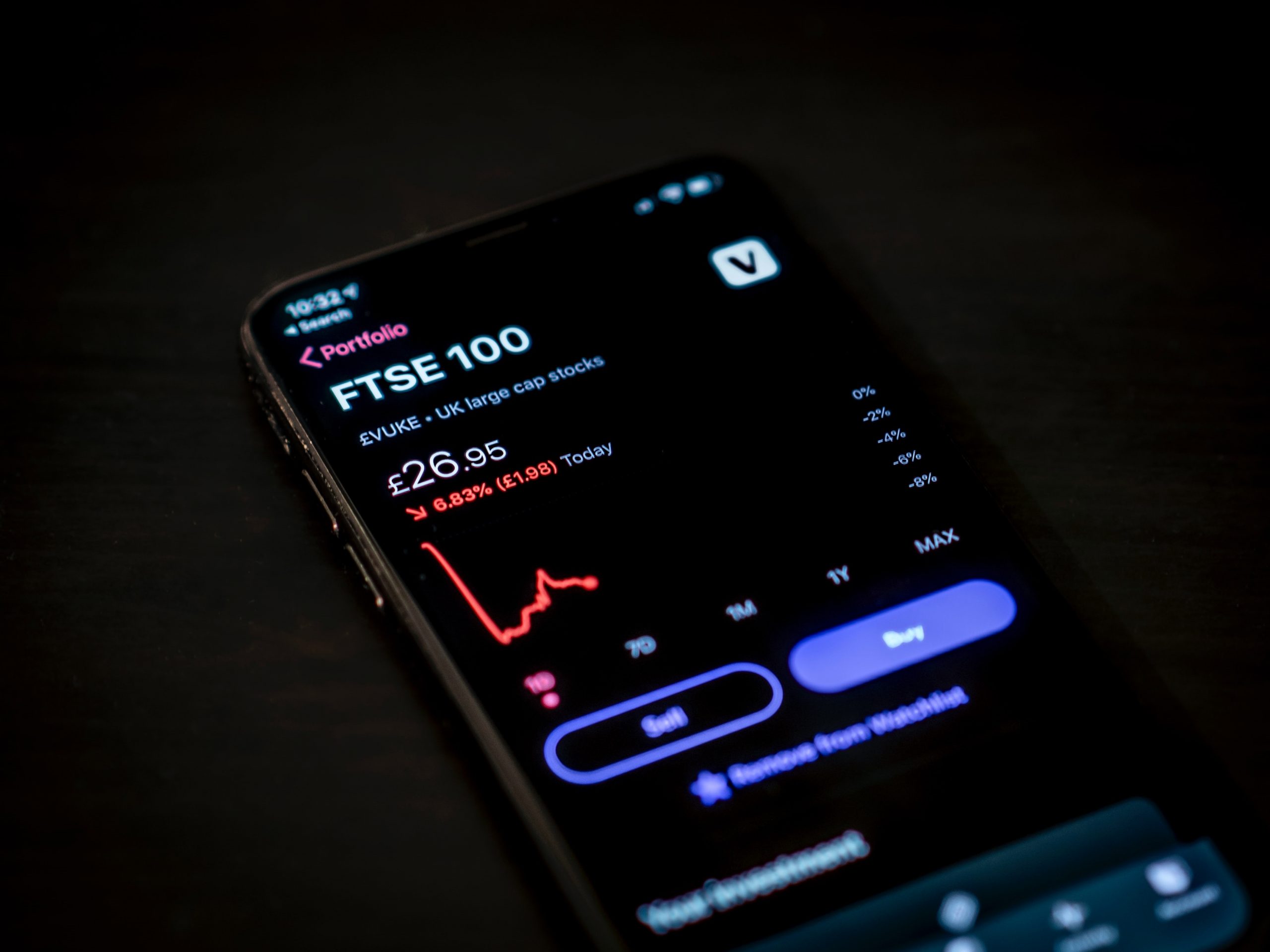Inflation is slowing. Corporate and consumer spending is strong. Have we reached the bottom of the market, or is there more to fall?
The S&P 500 hasn’t had an H1 this bad since the 1970s. But that represents an opportunity for investors: in the H2 of that same year, the market recovered and actually finished up.
In the past six bear markets, the S&P 500 dropped by 41%. So far this year, it’s down over 20%. The question is whether it will drop another 20% or rally back by the end of the year?

The case for the bottom
One of the best ways to judge the bottom is to see how banks, funds, and governments are acting. A recent chart from Larry Williams suggests they are bullish and have been actively buying while retail investors are unloading. He’s calling a rally in August.
Another way to call the bottom is to look at short seller activity. Short-sellers have taken in $300 billion of profit this year, but now they’re pulling back on those bets, which might be a sign that they don’t feel the market has more room to drop.
Some commentators feel that 3,500 is the bottom. This thesis hinges on confidence that the Fed has everything under control and that they are “clipping the wings” of an overheated economy. The market has been hovering around 3,700 for the last month, so if we’re not at the bottom, we’re mighty close.
While a lot of the chatter is about the potential of a recession, there’s nothing to say that we can’t have a huge rally before that.
The case against the bottom
Some experts believe that we are not out of the woods yet. Inflation, Ukraine, and supply-chain problems are all still swirling. Additionally, there is a feeling that many investors weren’t quite ready to give up on tech stocks, despite heavy losses this year. If a recession materializes, that might change.
The economy is suspended in a strange place. Spending is high, but consumer confidence is low. Throw interest rate worries on top of that, and we should expect a slowdown.
Many analysts are worried that central banks are losing the battle with inflation. Worse still, fuel costs, supply chain issues, and commodity prices are beyond their control, meaning tools that worked in the past, such as quantitative easy, will be ineffectual.
Indeed, while some are calling a recession, analysts at Morgan Stanley suggest stagflation and a 5% to 10% drop in equities are more likely.
Others suggest that we haven’t even hit the “capitulation” stage of the crash yet. If investors throw in the towel, expect further dips before it improves.
Manuel Bley at The Dow Theory suggests we can’t call capitulation until at least two of three markets close below these numbers: S&P 500 (3553), Dow (28,407), and NYSE Composite (13,532). None of these indexes are there quite yet.
The Buffett Indicator is always worth paying attention to. However, the bad news is that it suggests we are far from the bottom. Another Wall Street veteran, Ed Yardeni, indicates the market can’t recover until we see clear signs that inflation has been contained.
Refrain from timing the market altogether?
Of course, investors could be best served by using the bear market to add quality stocks they believe in instead of trying to time the market. Selling at the top and buying back in at the bottom is a challenging task for analysts awash with information, let alone for retail investors.
Investing during these times is difficult. Stock market declines are just part of the process. As always, avoid panic selling and focus on the long term. Of course, for anyone sitting on cash reserves, inflation could force them into the market. Plenty of shares out there could comfortably beat -9% – even during a bear market.
Conclusion
It’s notoriously hard to time the market. However, what we do know is that it will bounce back eventually. For investors with a sensible, long-term strategy, it could be a great time to invest in solid companies with strong fundamentals.
And this is why I love Alpesh Patel’s Special Edition of Sharescope. Its whole point is to filter and find those stocks.
Alpesh Patel OBE
This article is for educational purposes only. It is not a recommendation to buy or sell shares or other investments. Do your own research before buying or selling any investment or seek professional financial advice.



